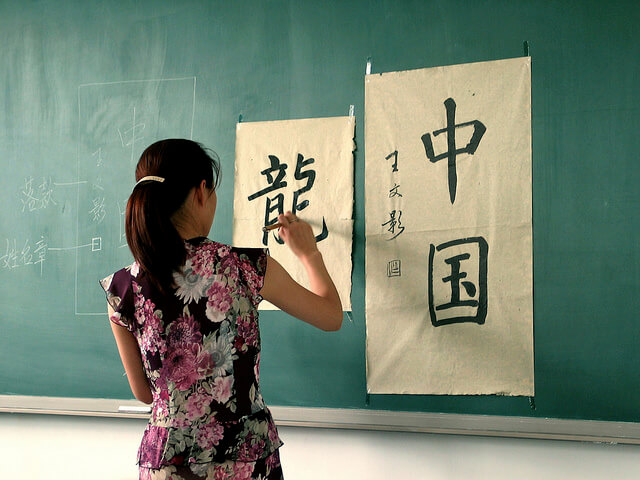Holding the second highest GDP, China is considered to be one of the biggest, and most important markets worldwide.
With Mandarin (China’s official verbal language) being spoken by almost one billion people worldwide, meaning over 13% of the world’s population, it may come as no surprise to you that the majority of international businesses will need to employ translation into Chinese at some point.
Translation into Chinese isn’t so much a question of ‘if’ it will happen, but more of ‘when’.
Successful translation will depend on many factors; knowing your market, hiring the right people and standing out from the competition are just a few, however, there are specifics for the Chinese market that will make the difference between just doing business in China and having a long-lasting successful business within China.
The following guide will assist your localisation strategy, helping you achieve your global potential through use of a well-informed Chinese translation.
Traditional or Simplified – which written version to choose?
Simplified and Traditional Chinese are the two forms of the written language.
Simplified Chinese is a mostly representative-graphic, or phonetic version of the Traditional written form and is the one officially recognised by Mainland China, the United Nations, Singapore and Malaysia. It gained popularity throughout the Twentieth century to enable faster writing.
Traditional written Chinese is the protracted version which is still popular in Hong Kong, Taiwan, Macau and some smaller overseas Chinese communities.
Be aware that the Traditional Chinese used in Hong Kong differs from that used in Taiwan. The differences are mainly in tone and voice which become apparent in translated oral marketing resources. To target your market accurately it is worth considering which would be most beneficial to you and modify your Chinese translation to suit- Taiwan is the larger market, which might be a contributing factor.
Spoken or written?
For localisation concerns it worth noting that Simplified and Traditional Chinese can be utilised by localisation software for written documents such as brochures and manuals.
However, if using commentary, voice over, or, for multimedia projects you will be using either Mandarin or Cantonese.
In China, people speak Mandarin but write in Simplified Chinese. However, in Hong Kong people speak Cantonese and write in Traditional Chinese. A knowledgeable Chinese translation should ensure you are equipped to deal with these distinctions.
Formal or Informal?
There are two types of discourse in Chinese, formal and informal, which are generally linked to the second person.
The use of ‘you’ as formal 您 (nín), or informal 你 (nǐ) depends upon the subject. Your target audience will determine the nature of the address you utilise; in technical documents or User interface translation the formal level of address is most appropriate. Informal is acceptable for marketing purposes, but you should still be aware that it depends on your target audience and it is worth pursuing a Chinese translation that takes these factors into account.
Loanword vocabulary in Chinese
There have been many global changes in vocabulary in recent years due to modern technological advances (such as the World Wide Web and cheaper air travel) and China has not avoided these. Buzz words, or neologisms, are being introduced daily into most languages and cultures.
Numerous words which have now been absorbed into the Chinese culture originate from other languages, some of these are direct phonetic copies of the original, for example, 沙发 shā fā for sofa, whereas others have been established over an extended period of time.
Most Chinese words are, like English, formed from smaller morphemes, including those words that have been ‘imported’ from abroad. Modern neologisms are translated either by literal translation, phonetics, or a combination of both.
Ensuring your Chinese translation is accurate will assist localisation of your business and will be more than worth the time and effort invested to enable a smooth transition in the Chinese market.
Need help? Ask the experts at Creative Word!












